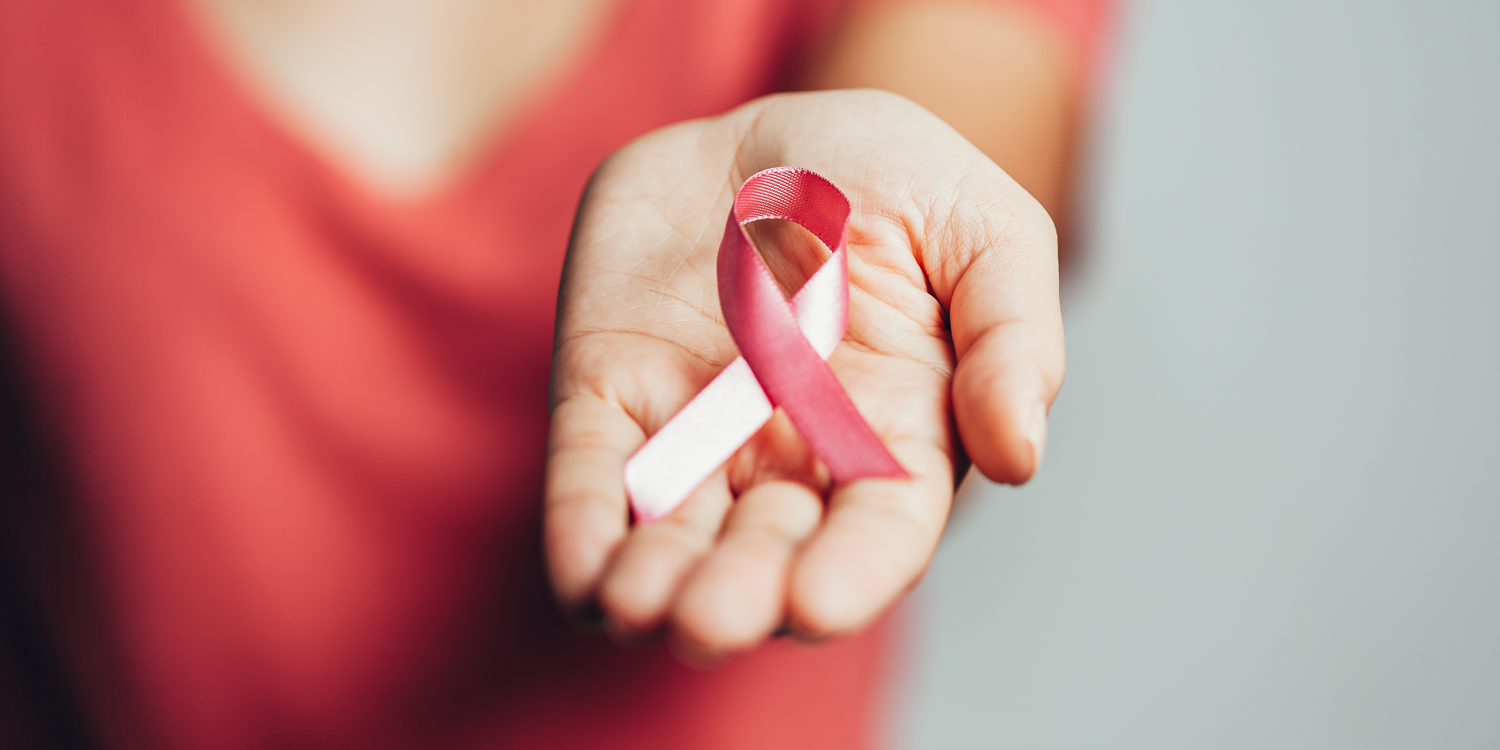
20 Oct How to perform a breast self exam and various screening methods
Globally, October, or ‘Pinktober’ is the month for Breast Cancer Awareness. In the UAE, Breast cancer is the most common cancer in women, with over four thousand reported breast cancer cases in 2018. Currently, 1 in every 8 women will develop breast cancer in their lifetime. Thankfully, the death rate for this type of cancer is decreasing each year, due to research and treatment advances, earlier detection through screening, and increased awareness.
Although Breast Cancer knows no boundaries, there are some risk factors to take into consideration. Age, genetics, family history, lifestyle and gender can all have an effect on the prevalence of Breast Cancer. We know that the chances of developing breast cancer increases with age. About 5-10% of breast cancers can be linked to gene mutations inherited from one’s mother or father. A woman’s risk of breast cancer nearly doubles if she has a first-degree relative (mother, sister, daughter) who has been diagnosed with breast cancer. Maintaining a healthy lifestyle can definitely help lower the chance of breast cancer, and is equally important for those previously diagnosed or currently battling breast Cancer. Although breast cancer is most common in women, we have seen some cases in men as well. Despite these risk factors, there are many cases of breast cancer for which the cause is unknown.
Early detection is the key to survival for Breast Cancer patients. Scheduling regular breast screenings can catch the cancer in its earliest stages and enables early treatment. Complete breast cancer screening includes a mammogram, clinical breast exam by a doctor and breast self-exam.
A mammogram is the best screening tool used today to detect breast cancer. It is an x-ray of the breast, and can detect cancer way before you may notice any problems in your breast. A mammogram can detect the cancer when it is small and easy to treat, often without losing a breast. According to the UAE Ministry of Health and Prevention it is recommended that all women undertake a mammogram screening every two years starting from the age of 40 (earlier if you have a family history of breast cancer). Refer to Table 1.
Today, mammograms are the best tool doctors have. In some cases, a mammogram may not pick up on the cancer, so doctors recommend a clinical breast exam every 3 years starting at the age of 20 and annually after the age of 40. It is also important to be aware of any changes in the look or feel of your breasts between screenings.
Some of the types of screening tools and when they are used:
- 2D Mammogram: This is the most common form of mammography. Your personal and family history will determine when you start screening.
- 3D Mammogram: This technology is becoming more widely available and proven to be more accurate than 2D mammography.
- Breast MRI: This can be used in addition to mammography if your doctor wants a more accurate reading. This can be utilized for women at an elevated risk.
- Breast Ultrasound: This can be used to look more closely at something suspicious. It can also be helpful in addition to mammography for women with dense or fibrocystic breasts.
Women of all ages are encouraged to perform breast self-exams at least once a month after their monthly cycle. Forty percent of diagnosed breast cancers are detected by women who feel a lump, so establishing a regular breast self-exam is very important.
Some of the features to look and feel while inspecting your breasts:
- Look for a change in breast size and shape
- Look for swelling in your armpit and around the collar bone
- Feel for a constant pain in your breast or armpit
- Feel for lumps and thickening of the breast
- Look for changes in skin texture, such as puckering or dimpling of skin
- Look for nipple discharge or inversion/ retraction of nipple
Finally, it is imperative for women of all risk levels to practice breast self-awareness. Knowing your family history of cancer, knowing what’s normal for your breasts, knowing the signs and symptoms of breast cancer, and knowing what steps you can take to reduce your own risk for the disease can ultimately save your life.
Table 1
|
Screening Category |
Age |
Screen Assessment Tools |
|
Women at Average Risk |
20-39 years |
|
|
40-69 years |
|
|
|
Women at Increased/ High Risk |
<25 years
|
|
|
>25 years |
|



